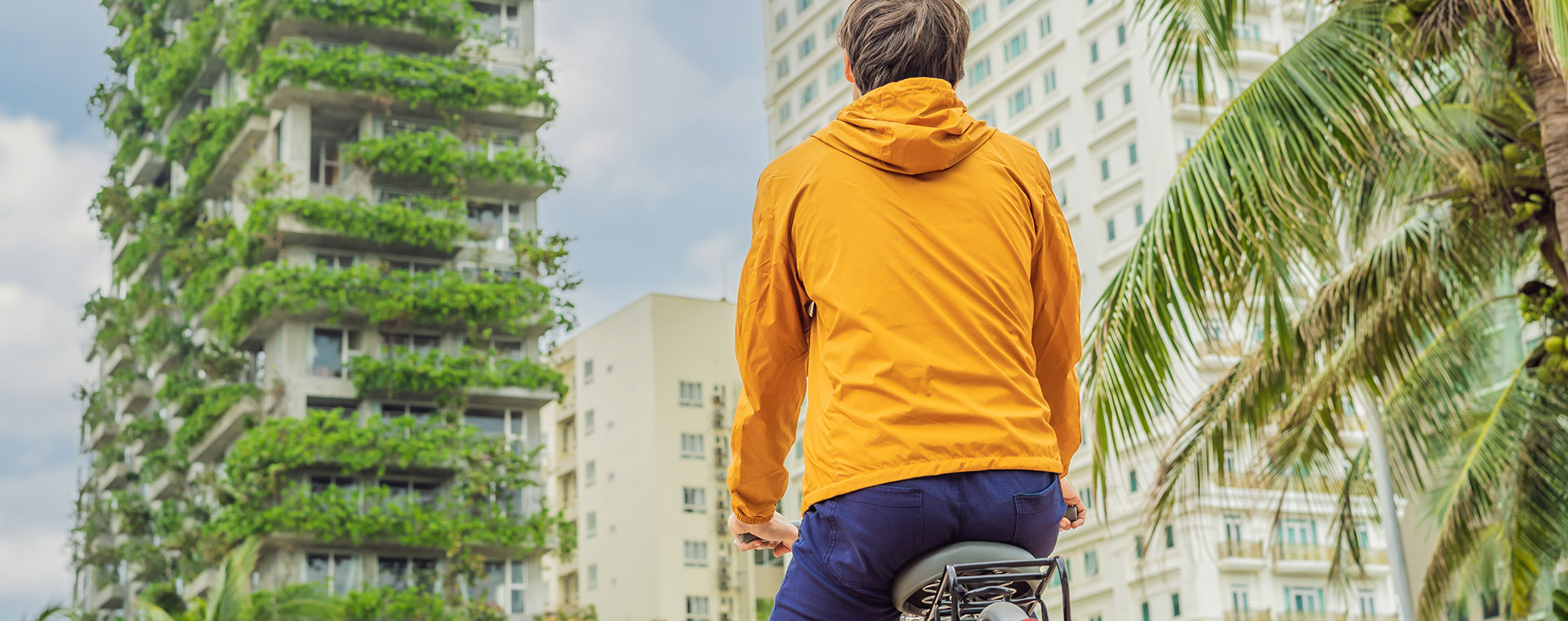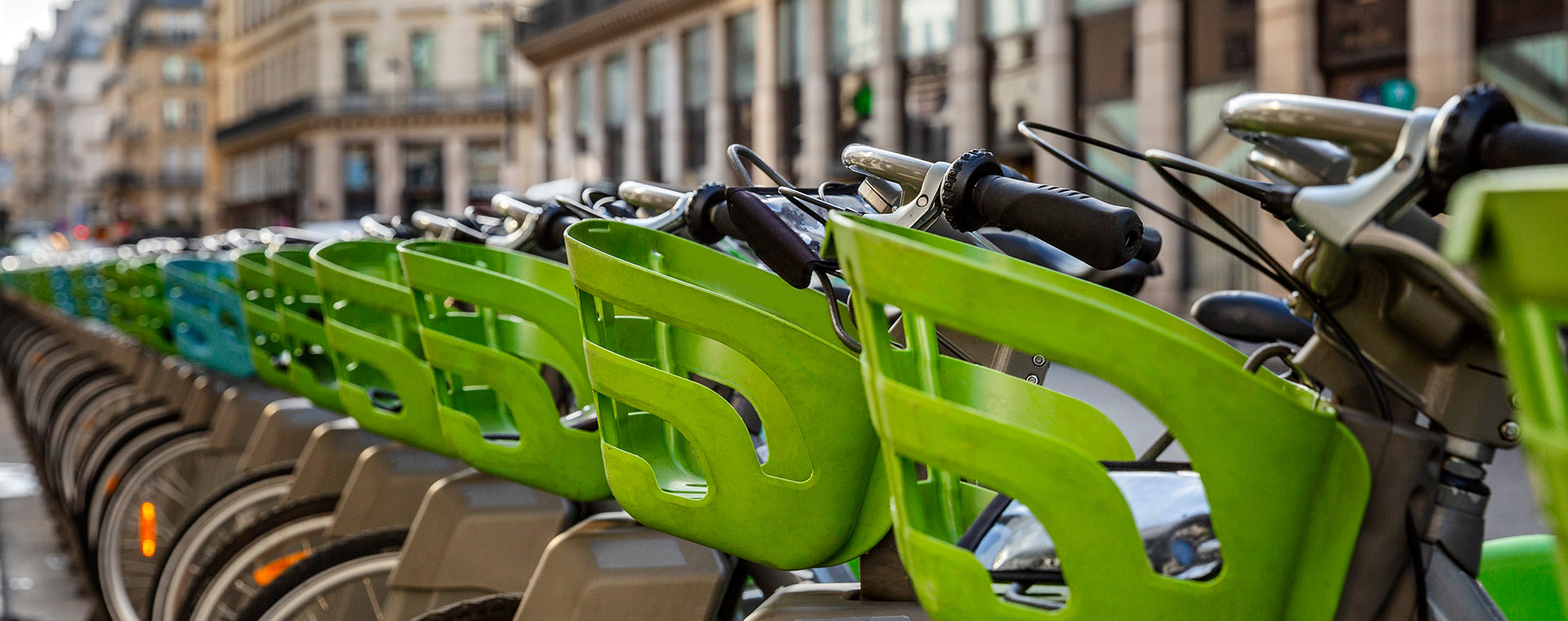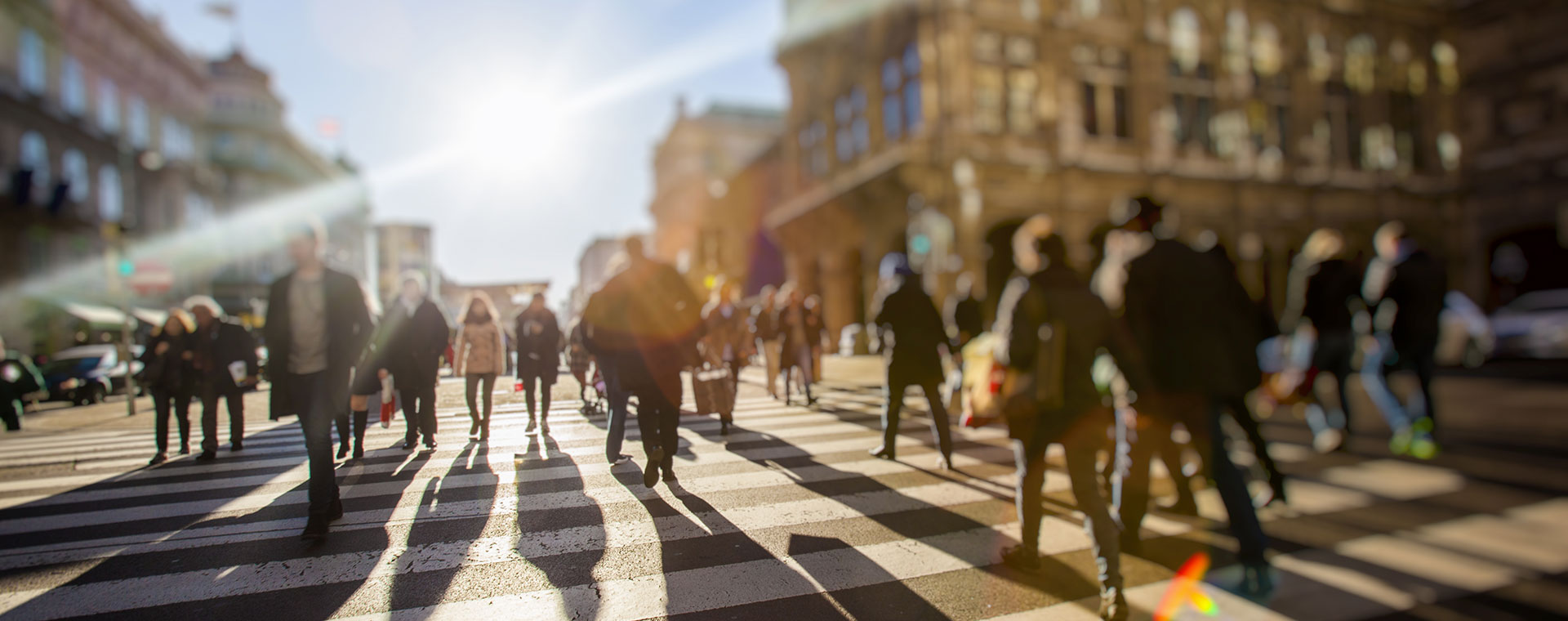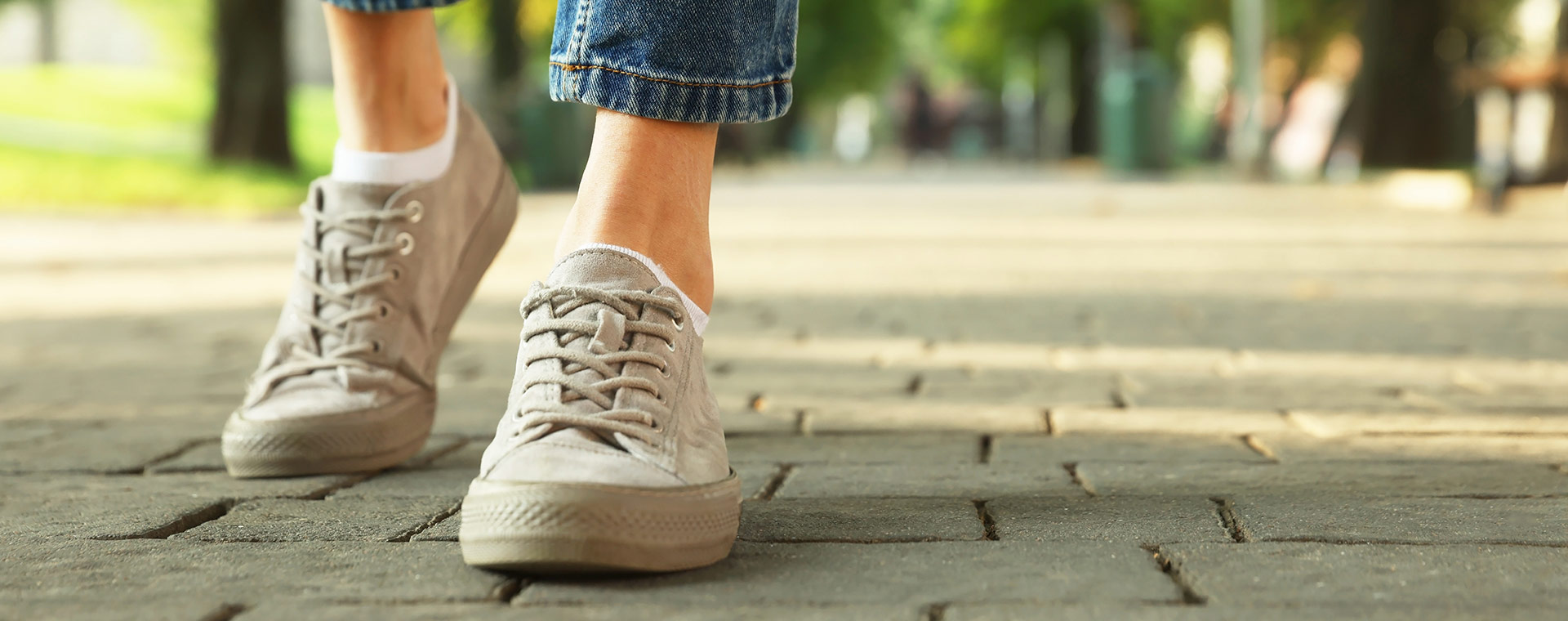Insights
Design
Urban design and the mobility of tomorrow: do citizens have a say in what their cities look like?
-
Lior Steinberg
Urban planner and co-founder of Humankind (Agency for Urban Change)

When working in the public space, decisions that may appear minor can have unintended consequences, substantially affecting stakeholders across a range of criteria. A good example is the modest bike lane.
One would think that installing a bike lane would be a quick and easy way to increase mobility. After all, it merely entails laying some asphalt, and putting down paint.
However, this is deceptively simple. It does not take into account the resistance of neighbors against the removal of parking spaces, or their common — yet irrational — fear that car users will take different routes and create congestion elsewhere.
Municipalities need to better explain to their residents that any one bike lane is meant to be part of a larger network. Such network capacities need to be strengthened, communicated, and relayed to the community. It’s important to properly communicate and explain the dynamics of this ecosystem approach to gain acceptance from residents.
-
 Interview
Change
Interview
Change
How can we help people switch from car to public transport?
Madeleine Masse, Founder & President of Atelier Soil
-
 Interview
Climate
Interview
Climate
How can we reconcile mobility and climate action?
Gemenne François, Member of the IPCC and co-director of the Defense & Climate Observatory at IRIS Scientific Advisor
-
 Interview
Design
Interview
Design
Do citizens have a say in what their cities look like ?
Boutaïna Araki, President of Clear Channel France
-
-
 Edito
Walking
Edito
Walking
Is walking the primary form of urban mobility?
Jim Walker, Founder Walk21 Foundation
Tomorrow’s urban mobility will be much like todays in that walking will continue to be an essential part of trips.


